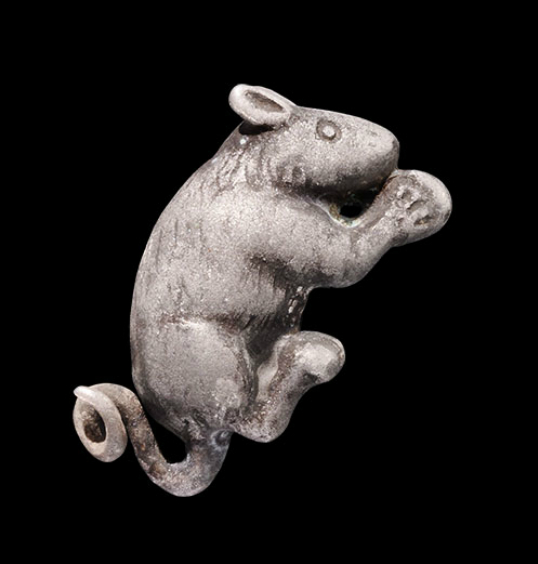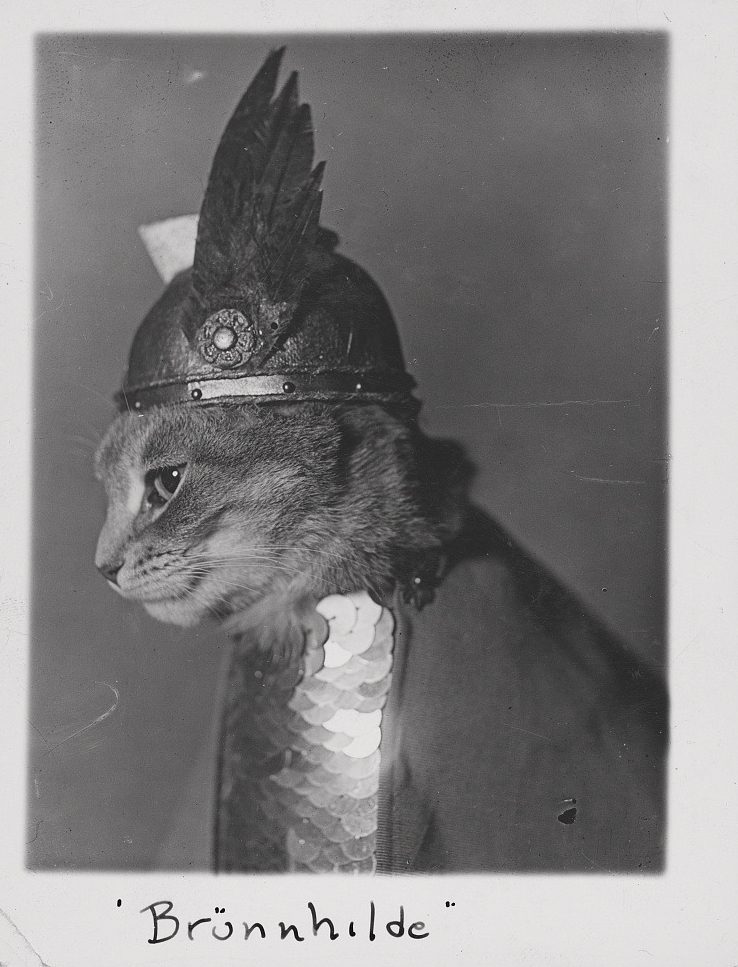1751
1752
1754
1755
1756
1758
1760
1762
1763
1764
1767
1768
1769
1770
1771
1772
1775
























